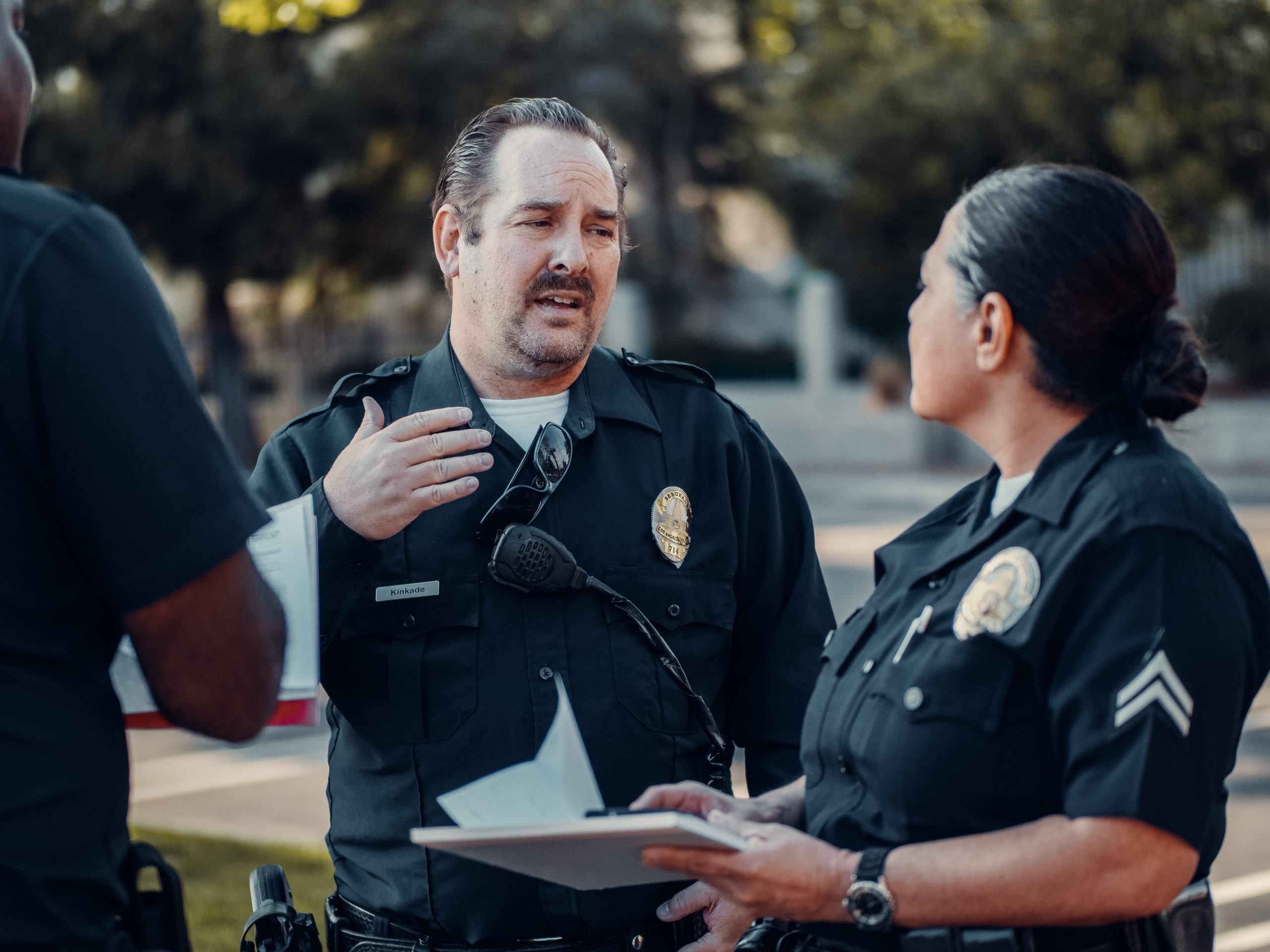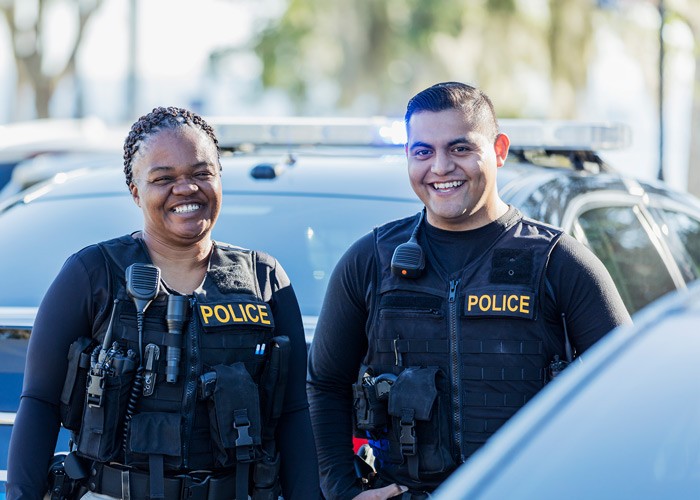Building Trust and Respect: A 7-Step Strategy for Modern Police Leadership
In an era where public scrutiny of law enforcement is at an all-time high, the imperative for police leaders to build trust and respect within their ranks and communities has never been more pronounced. Trust is not just a moral imperative; it’s a practical necessity for effective policing. It underpins officer morale, public cooperation, and the legitimacy of law enforcement actions. Here’s a comprehensive seven-step strategy that modern police leaders can adopt, with a special emphasis on how a tool like Officer Survey can be pivotal in each step.
1. Commit to Transparency and Communication
Transparency isn’t just about releasing reports or statistics; it’s about fostering an ongoing, two-way dialogue. Leaders should communicate not just the ‘what’ but the ‘why’ behind decisions and policies. Here, Officer Survey becomes an invaluable tool, enabling leaders to gauge officer sentiment and concerns regarding department policies and practices. Regular, anonymous surveys can provide a safe space for officers to express their views, helping leaders address issues before they escalate.
2. Prioritize Continuous Training and Development
The landscape of law enforcement is constantly evolving. Ongoing training in areas like de-escalation techniques, community relations, and mental health awareness is crucial. Officer Survey can identify training needs and preferences directly from officers, ensuring that development programs are relevant and effective. After training sessions, follow-up surveys can assess their impact, providing data to refine future training initiatives.
3. Engage and Partner with the Community
Community engagement is about building lasting relationships, not just showing up after incidents. It’s about listening to community needs and concerns and responding in a way that shows they are being heard. Officer Survey can also be used to capture community feedback during outreach programs, providing a clear picture of public sentiment and areas where the department can improve its community relations efforts.
4. Implement Fair and Transparent Discipline Policies
Consistency in disciplinary actions is vital for trust. Clear, fair, and consistently applied policies are non-negotiable. Officer Survey can track perceptions of fairness and equity within the department, offering insights into how disciplinary actions are viewed by the rank and file. This feedback is critical for leaders to ensure that disciplinary policies are not just fair in practice but also in perception.
5. Recognize and Celebrate Excellence
Acknowledgment and appreciation of hard work can significantly boost morale. Officer Survey can be used to gather nominations for awards or to identify officers who consistently go above and beyond in their duties. Recognizing these individuals not only rewards their dedication but also sets a positive example for others.
6. Support Officer Wellness
The rigors of police work can take a significant toll on physical and mental health. Proactive wellness programs are essential. Officer Survey can confidentially collect information on officer well-being, helping to identify issues like stress, burnout, or other concerns. This data can inform wellness initiatives, ensuring they are targeted and effective.
7. Demonstrate Ethical Leadership
Leaders set the tone for the entire department. They must embody the values they wish to instill in their officers. Through Officer Survey, leaders can receive feedback on their own performance, understand how their actions are perceived, and adjust accordingly. It’s a powerful way for leaders to hold themselves accountable and continually strive to lead by example.
In each of these steps, Officer Survey acts as more than just a tool; it’s a bridge connecting leaders, officers, and the community. By enabling regular and honest feedback, it helps identify issues, track progress, and ensure that the department’s actions are aligned with its values and goals.
Implementing the Strategy
Implementing these strategies isn’t a one-off task; it’s an ongoing commitment. Here’s how you can integrate Officer Survey into your regular operations to continually build trust and respect:
- Regularly Schedule Surveys: Don’t wait for issues to escalate. Regular surveys can help you keep a pulse on department sentiment and community feedback.
- Act on Feedback: The value of surveys lies in your response to them. Be prepared to act on the insights you gain, whether it’s adjusting policies, providing additional support, or recognizing outstanding service.
- Communicate Results and Actions: Let your officers and the community know what you’ve learned from the surveys and what you’re doing about it. This transparency reinforces trust and shows that you value their input.
Conclusion
Building trust and respect in law enforcement is an ongoing journey, not a destination. It requires commitment, transparency, and a willingness to listen and adapt. By incorporating Officer Survey into these seven strategic steps, police leaders can gain valuable insights, foster open communication, and create a culture of continuous improvement. The path to trust and respect is complex, but with the right tools and strategies, it’s a journey that can lead to a stronger, more effective, and more respected police force.
References:
- Charting the course for 2024: A 7-step strategy for police leaders to navigate complex times (Haddad, 2023). Retrieved from www.police1.com
- The Ultimate Call to Action – Police Chief Magazine (2024). Retrieved from www.policechiefmagazine.org






